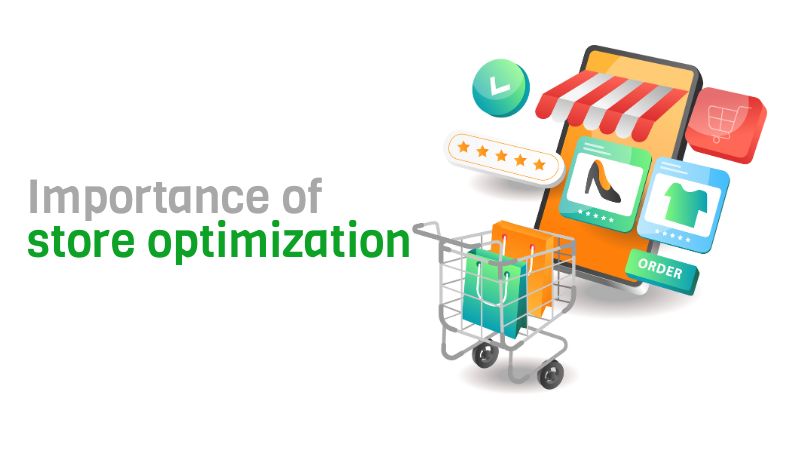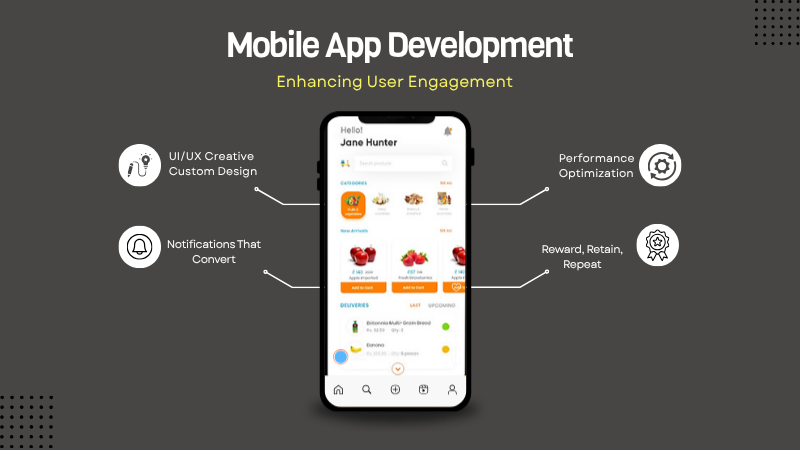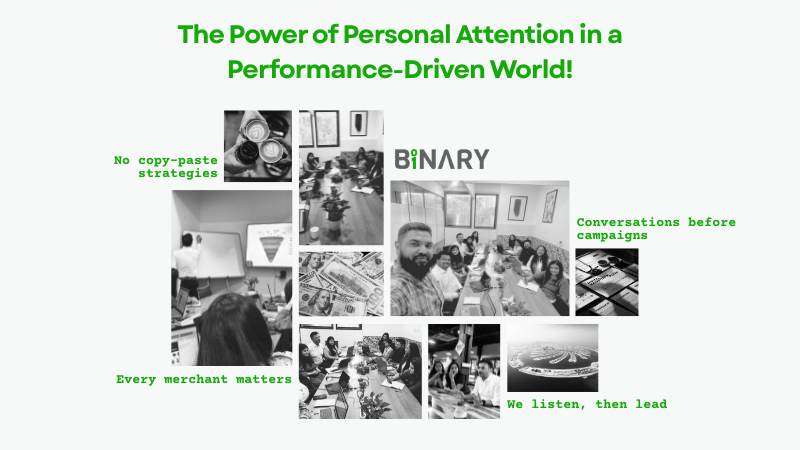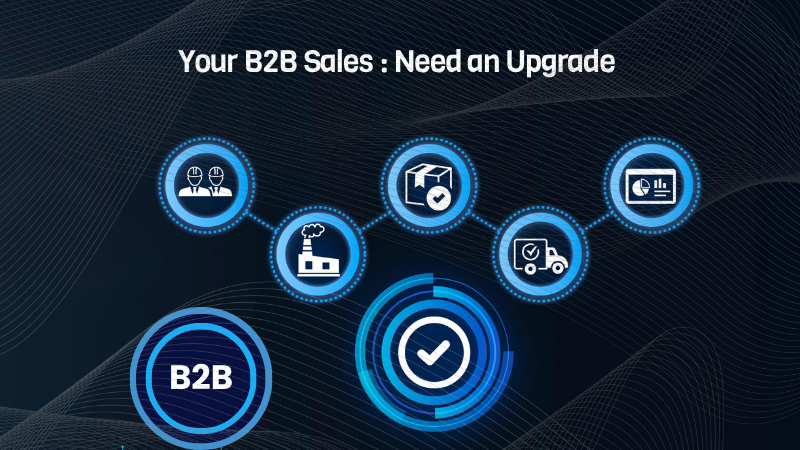Store optimization is a critical aspect of running a successful ecommerce business. It involves making systematic improvements to your online store to enhance its performance and usability. A well-optimized store not only attracts more visitors but also converts them into paying customers.
By focusing on optimization, you can improve loading speeds, streamline the checkout process, and create a more engaging shopping experience. This can lead to higher conversion rates, increased customer satisfaction, and ultimately, greater profitability.
Enhancing User Experience Through Design and Navigation
User experience (UX) is paramount in ecommerce. A visually appealing and easy-to-navigate store encourages customers to explore and make purchases. Ensure that your website design is clean and aligns with your brand identity, using high-quality images and a cohesive color palette.
Additionally, intuitive navigation is vital. Implement clear categories, filters, and a search function to help users find products quickly. A seamless user experience can significantly reduce cart abandonment rates and increase overall sales.
Leveraging SEO Best Practices for Increased Visibility
Search Engine Optimization (SEO) is essential for boosting the visibility of your Shopify store. By optimizing product descriptions, titles, and meta tags with relevant keywords, you can improve your rankings on search engines.
Additionally, consider creating valuable content such as blog posts or guides related to your products. This not only drives traffic to your site but also positions your brand as an authority in your niche, further enhancing your visibility online.
Utilizing Data Analytics to Inform Business Decisions
Data analytics can provide invaluable insights into customer behavior and sales trends. By utilizing tools like Google Analytics, you can track visitor traffic, conversion rates, and bounce rates to understand how users interact with your store.
This information allows you to make informed decisions about inventory management, marketing strategies, and website adjustments. Continuous monitoring of analytics will help you stay agile and responsive to market demands.
Implementing Effective Marketing Strategies for Growth
To drive traffic and increase sales, it’s crucial to implement effective marketing strategies. Consider utilizing email marketing campaigns to engage with customers, promote sales, and highlight new products.
Social media marketing is another powerful tool. By creating shareable content and running targeted ads, you can reach a broader audience and encourage user interaction, which can lead to increased brand loyalty and sales growth.

















